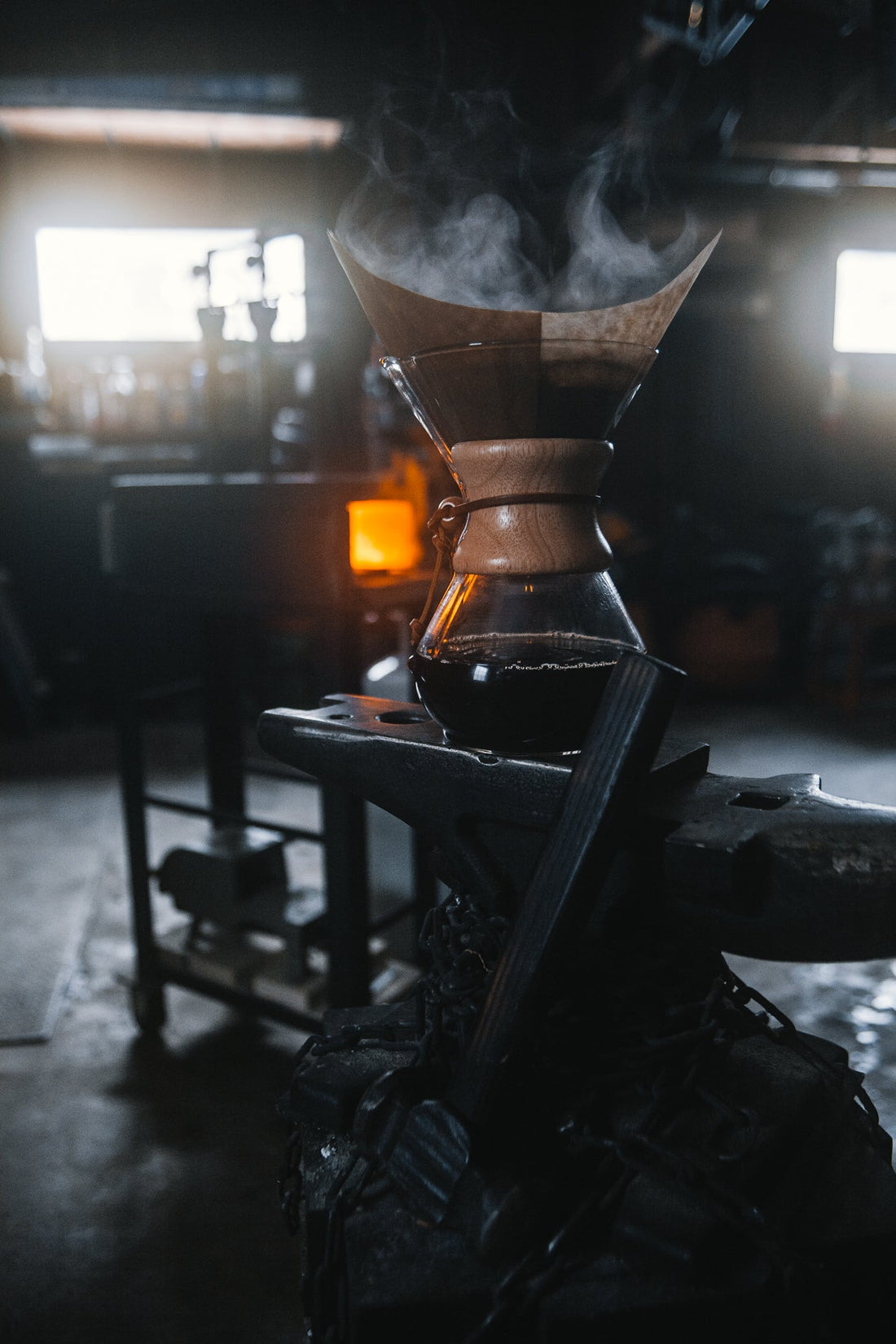The coffee you drink can either taste great, good, and bad. This guide will get you to good. To get the great coffee, you'll need to dial in with your water, grinder, and brewer. There are a lot of factors but we'll make sure we cover the basics to get you to consistent good coffee every morning.
The Basics:
- Ratio is key to getting a good and great cup of coffee.
1:16 or 1:15 or 1:14 refers to how much water you're using to coffee.
My daily brew ratio is a 1:15. I use 40 grams of coffee to 600 milliliters of water.
- Time is critical. Too long for brew to finish and you'll get over extracted coffee. Too short and it will taste sour and under extracted.
- Measurement is key, you gotta know how much coffee and water you're working with to get the recipe right. Otherwise it's just a guessing game.
The Brewer:
- French Press
Ratio: Use 1 part coffee to 15 parts water (1:15).
Method: Heat water to just off boiling (about 200°F or 93°C).
Add coffee to the press, then pour water in a circular motion to ensure all grounds are saturated and give the coffee a 3 stirs.
Wait for 4 minutes, then press down the plunger slowly. Pour immediately to avoid over-extraction. - Pour Over
Gear: A Hario V60 or similar pour-over cone, paper filter, and a scale for precision.
Ratio: 1:16 coffee to water.
Method: Place filter in the cone and rinse with hot water to remove paper taste.
Add coffee to the filter, then pour hot water (200°F) in a spiral pattern, starting from the center, give a swirl allowing the coffee to bloom for 30 seconds.
Continue pouring in slow circles, keeping the water level consistent until you hit your water weight. - Standard Drip
Ratio: 1:16
Method: Measure the coffee you need for your coffee pot. This will depend on the size of your brewer. For this example we'll go with 50 grams. You'll need to add 800 grams of water to the reservoir. Lastly, drop in the correct filter paper or mesh filter basket into your coffee put, hit the button, and wait!
Now, there are some nuances to all of these methods. However, the basics are key to each of these. Your water, is it filtered, is it hard or soft, are you at a higher elevation or a lower elevation, and do you know the exact temperature of the water you're heating?
The grind. How are you grinding your coffee? Is it coming pre-ground from the roaster or whole bean? Are you using a spice/blade grinder or a burr grinder? Hand ground or automatic?
Time. Are you timing yourself while brewing coffee?
These three things are the three keys to getting good and great coffee. Water will impact flavor big time. Whether it's hard or soft water, filtered or not, and the temperature. Grind quality and size will also increase or decrease brew time and result in over extraction or under extraction. Time also will determine over/under extraction as well as a stalled brew. Stalled brew just means some of the oils evaporate if you start to brew a coffee and step away for a minute or two and you miss some of the flavors.
The Beans:
- Dark Roast
Flavor profile: Dark roasts lean more towards the rich and bold. Dark chocolate, nutty, smokey, cocoa, and dried fruits. Nothing too wild in most dark roasts.
Grind: Dark roasts are more fragile. It's easier to over extract dark roasts and grind size can be a little more coarse of a grind than medium and light roasts. If you grind a light roast on a 5, dark roasts can be ground on a 6 or 7. (1 being the finest. 10 being the coarse.)
Temperature: Since dark roasts are more fragile and easier to over extract. Temperature plays a key part in brewing. 200 degrees is a great starting point, but if you're not enjoying the flavor produced at 200 degrees, try brewing at 198 to get a better flavor profile. The ideal range for dark roast coffee's are 190 to 200. This is of course personal preference and brew method. - Medium roast
Flavor profile: Medium roasts lean towards both ends of the spectrum and influenced by the origin, process, and brew method. Chocolates, fruity, dried fruit, berries, citrus, sweet, and smooth.
Grind: Medium roasts are very forgiving. You can get away with the same grind size as a light and dark roast. But, flavor profiles will change drastically depending on the process of the coffee, whether it's washed or natural. 4 to 6 on the scale mentioned above are good starting points.
Temperature: As mentioned above, 200 degrees is a great starting point and my recommendation for most medium roasts. You can certain experiment with different temps and will depend on personal preference, coffee origin, and process. 198 to 202 is the brewing temperature range I recommend. The cooler temps can under extract some coffees but not all. Hotter temps can either over extract or muddy up some of those finer tasting notes. - Light roast
Flavor profile: Light roasts lean towards your fruity, fun, and acidic side of the spectrum. However, there are a few where notes of toffee and spice show up. Berry, citrus, floral, candy, honey, and spice are the general flavor profiles. Some lighter coffees can have some wild and unexpected tasting notes.
Grind: Light roasts are very tough and dense compared to the other two roast profiles. Your grind size is important for getting the desired flavor profile just right and going from a 5 to a 4 can change the flavor profile a lot by impacting time.
Temperature: Just like the grind size, temperature will impact the flavor profile the most here, too. 200 degrees is where I prefer to start and some coffees venture up to 205. Again, personal preference, origin, and process impact the temperature you want to use.

